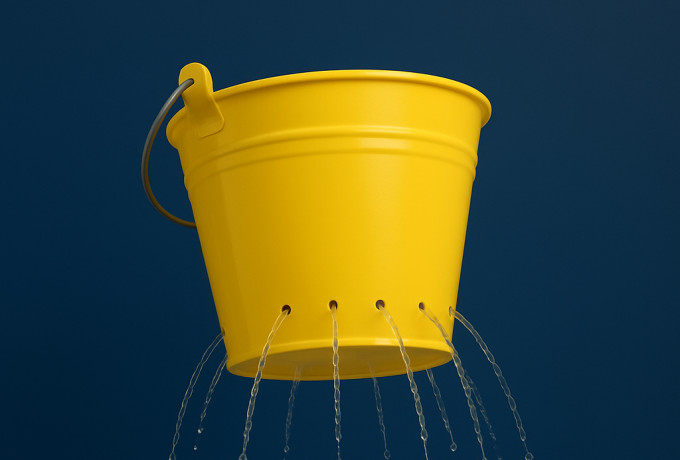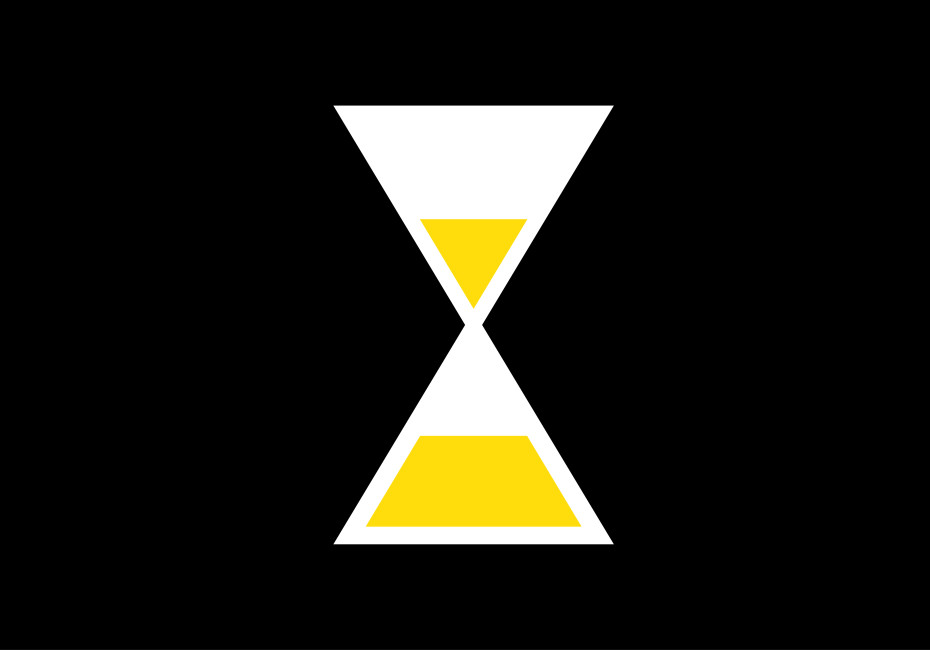Related services
Most businesses focus all their energy on getting new customers in - but what happens after the sale?
Imagine you’ve spent weeks nurturing a new plant - feeding, watering, fussing over it - and just as it starts to bloom, you toss it out and buy a new one? Sounds mad, right? But that’s exactly what some businesses do when they pour all their energy (and budget) into chasing new customers while forgetting the ones they’ve already got.
Here’s the thing: it’s often easier - and way more cost-effective - to get existing customers to buy from you again than it is to coax new ones. Yet so many brands overlook this golden opportunity - let’s fix that.
The numbers don’t lie
It costs 5-7x more to acquire a new customer than to retain one (source)
Existing customers are 50% more likely to try new products (source)
They also spend 31–67% more than new ones, depending on the industry (source)
Increasing retention by just 5% can lift profits by 25% to 95% (source)
Repeat customers are also more likely to:
Spend more over time
Recommend you to others
Be open to trying new things
They already know you, trust you and like what you do - so why not make more of that?
Should you be shifting your marketing spend?
Let’s be honest - new customers will always matter. But if you’re spending the bulk of your marketing budget on ads, outreach and acquisition while your existing customer base gets radio silence... that might need a rethink.
Ask yourself:
How much of your marketing is aimed at people who’ve already bought from you?
What systems or materials do you have to nurture those relationships?
Do they know everything you offer?
Are you missing easy wins because you’re only focused on the next new lead?
Traditionally, marketing budgets have skewed heavily toward acquisition, with industry averages sitting around 60–70% on acquiring new customers. But really, a split closer to 50:50 makes more business sense.
What happens after the funnel?
The traditional sales funnel is great at visualising the ideal 'buyer journey'... but it kind of forgets what to do with them once they’ve reached the bottom of the funnel (the 'customer journey').
What happens next? If you're focused on long-term growth and loyalty, the real journey starts after that first conversion. That’s where a client nurturing funnel flips the diagram on its head.
Whilst the traditional sales funnel narrows down from lots of leads at the top to a few customers at the bottom, if you're thinking long-term, at this point it expands again - this time representing potential customer growth through upselling, repeat business and great customer service.
Once you've made the sale and earned a customer's trust, this is the perfect opportunity to:
Deepen the relationship
Offer more value
Introduce other services
Turn customers into advocates
So what are you doing to keep customers coming back?
Retention doesn’t need to be expensive or elaborate - it just needs to be intentional. But the best retention methods aren’t one-size-fits-all – they should be built around what your customers actually need, want and value.
So rather than diving into tools and tactics, here are a few exercises to help you figure out what makes sense for your audience...
1. Customer quick-fire round
Take a handful of your favourite existing customers and do a quick analysis:
What did they buy from you first?
What did they buy next - if anything?
Have they ever referred you?
How do they usually hear from you now?
Look for patterns. You might find you’re amazing at onboarding... but clients disappear once the project wraps. Or maybe you're not reminding them often enough that you do more than just that one service.
2. Run a “value gaps” audit
Ask yourself: What problems do my customers have that I’m not currently solving for them?
You can do this informally by:
Checking in with a few past clients directly (“What else are you working on at the moment?”)
Revisiting old emails or proposals for recurring questions or pain points
Reviewing testimonials to see which parts of your service people rave about – and which parts they don’t mention at all
Use this to spot where there’s potential to offer more - whether it’s a support package, a training add-on or a complementary service.
3. Map the post-sale journey
With a big sheet of paper or with post-its on a wall, sketch out what actually happens after someone buys from you (whether you're involved or not). During this process, ask:
What's the last point they hear from you?
What content do they receive and what brand touchpoints do they hit?
What happens 1 week, 1 month, 6 months later?
Chances are, there are big gaps – and each gap is a missed opportunity to re-engage, support or upsell.
4. Create a customer “nurture toolkit”
Once you’ve mapped that journey, you can start building materials to stay present and useful:
A follow-up email sequence that adds value (not just asks for more money)
A “what else we do” service menu
A quarterly update that anticipates pain points, questions or concerns a customer might have at that time
Loyalty incentives for repeat purchases or referrals etc.
These don’t need to be overly complicated. They just need to be relevant and consistent.
5. Talk to your team
If you have a team that interacts with customers – whether it’s sales, support or delivery – ask them:
What do customers regularly ask after we finish a job?
Where do they seem confused or unsure?
What follow-up do they expect that we don’t currently offer?
You might uncover gold. These frontline conversations are often where your best retention ideas are hiding.
The takeaway?
Focusing only on the top of the hourglass means you’re constantly hustling for new business while leaving money, loyalty and opportunity on the table.
You’ve already done the hard work of winning people over. Now’s the time to nurture that relationship, show up consistently and unlock the long-term value sitting right under your nose.
By building systems to support that second half - email campaigns, how-to guides, cross-selling, loyalty incentives etc. - you create a sustainable growth loop.
Remember that strong retention strategies are built on real insight – not assumptions. So take the time to listen, reflect and adapt your customer experience based on what actually matters to the people you’ve already earned.
Once you’ve done that, the tactics come naturally – because they’re rooted in reality, not a list of generic “best practices”.
You're not just selling to people. You're growing with them.
So, what small step could you take this week to re-engage your existing customers?...
For more news follow us @rootstudiouk
Similar posts

In a world crammed with endless scrolling, pop-ups, flashing offers and ‘read more’ rabbit holes, the real competition isn’t just other businesses - it’s cognitive overload.

Most websites don’t have a traffic problem - they have a conversion problem. Conversion Rate Optimisation (CRO) is simply about spotting issues and opportunities and gently guiding more of your visitors to take action.

